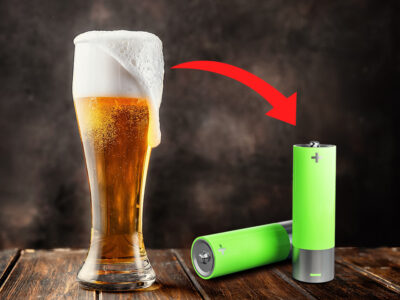Solar power is on sale
Maybe the biggest opportunity for homeowners is through the Residential Clean Energy Credit. The government is returning 30% of costs for installing solar energy in your home through federal tax credits. So for example, if you spend $10,000 setting up a solar power system, you’ll reduce your tax burden by $3,000 the following April.
Let’s dive into specifics, because setting up a solar power system actually includes a handful of steps. You can ask Uncle Sam to give back money for the panels, the cells used to power appliances, costs of labor, permits, inspections, developer fees, equipment needed to set up the panels (such as wiring or mounting), energy storage batteries over 3kWh, and sales taxes too.
It’s quite a list, but you can essentially think of it as covering almost all the expenses associated with getting the solar panels installed and working. The benefits don’t end here though. If you’re lucky enough to live in a state that offers its own incentives for upgrading to solar, you can potentially double dip on tax reductions with state credits. It’s worth checking in with an accountant or the solar installation company to make sure you’re taking advantage of every opportunity here.
Since solar definitely comes with a heftier upfront price tag (think 10 – 25 thousand dollars), the savings add up enough to make a reasonable dent. But we’re not yet even considering the value you’ll see over time through reductions in your electricity bill, selling electricity back to the power company, or increased value of your home should you decide to put it on the market. With Residential Clean Energy Credits available immediately, now’s a great time to make the switch if you’ve got the means.
Thinking smaller scale? Try batteries.
If installing solar panels comes with too high of a price tag, or if it isn’t an option (like for many apartment owners), you can buy an energy battery storage system and still take advantage of the same incentives. The Inflation Reduction Act expanded federal credits to all residential energy storage systems over 3kWh, regardless of how they are charged.
How are batteries useful? Energy storage batteries charge throughout the day when power prices are low, and then run off the energy system during peak hours, saving the grid trouble and saving you money. In an emergency, they can also power your home for some time when the grid is down.
Stove tops, appliances, and heat pumps. Oh my.
While alternative energy and storage systems have the biggest incentives, you can also get some great returns or rebates by upgrading to cleaner or more energy-efficient appliances around the home.
Gas ranges for example release emissions, and if you’ve decided it’s time for a change, you can save money on an electric or induction stovetop through the Inflation Reduction Act’s rebate system. How much money depends on your income and by state, and the funds being allocated at this time, but you can get a rough sense by looking at programs in the Database of State Incentives for Renewables and Efficiency. Rebates for stove tops, cooktop, range, oven, or heat pump clothes dryer are capped at $840, which gives you some good perspective of the potential.
Space heating and cooling pumps are another fantastic opportunity that’ll help minimize your impact and save costs over time. While a bit more expensive than a furnace or central ac system, heat pumps move heat and cold air around the home (or outside), to stay efficient and use about 50% less energy. As long as the heat pump meets the Consortium for Energy Efficiency’s (CEE) highest tier for efficiency, you can get tax credits for up to $2,000 and a state rebate for up to a whopping $8,000 on the purchase (again, depending on your income).
One important note — the rebates don’t kick in until 2023. If you’re considering making changes in your home, now’s the perfect time to make a list though. And it may be worth checking this breakdown we found for a better look at all the smaller projects you can tackle that make a big impact on your home’s efficiency and ultimately the environment too.
If you’d like to get solar and live in the US, check out EnergySage for guides, reviews, and get free quotes from vetted, local installers. It’s a great resource.
















Comments